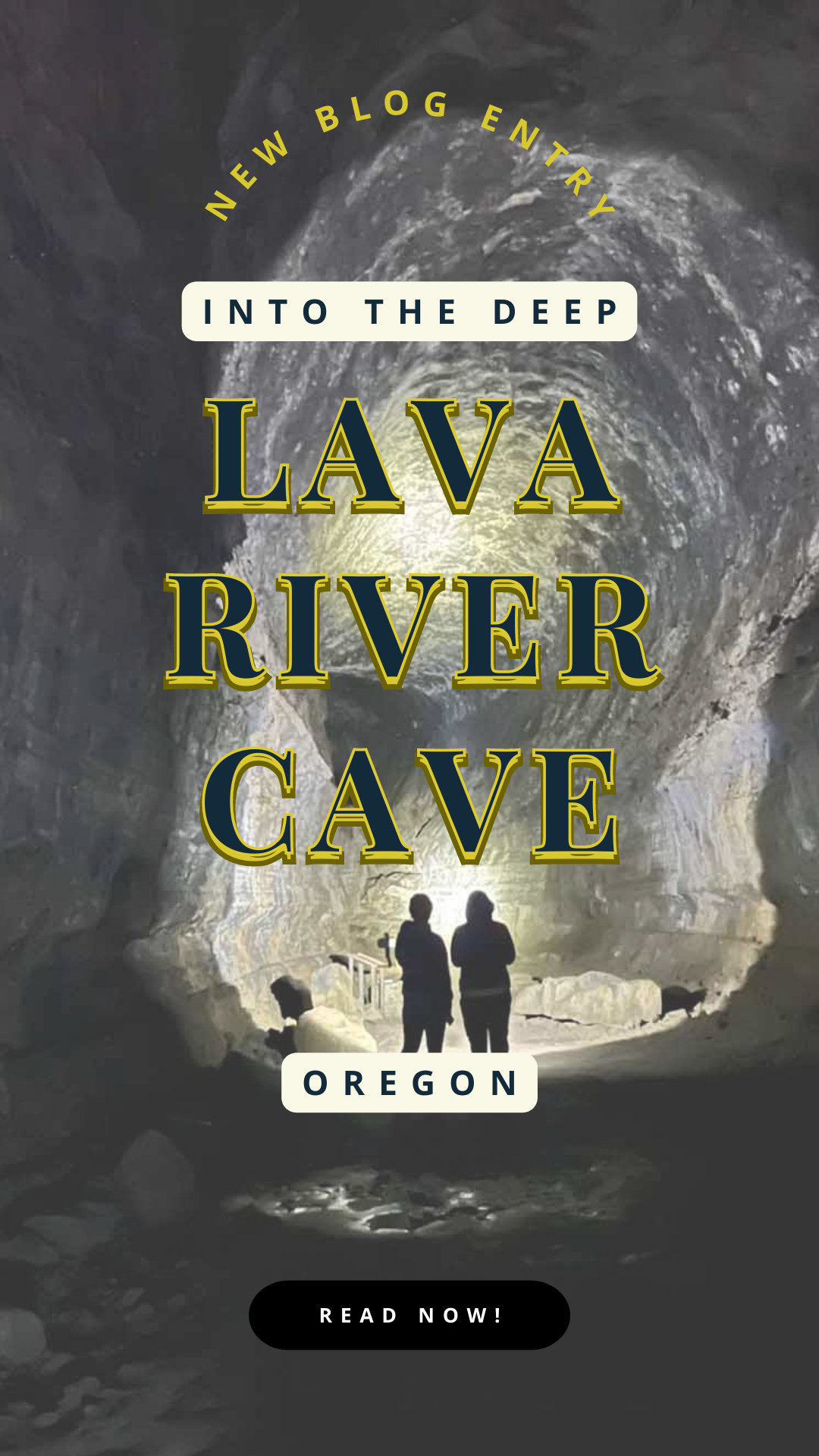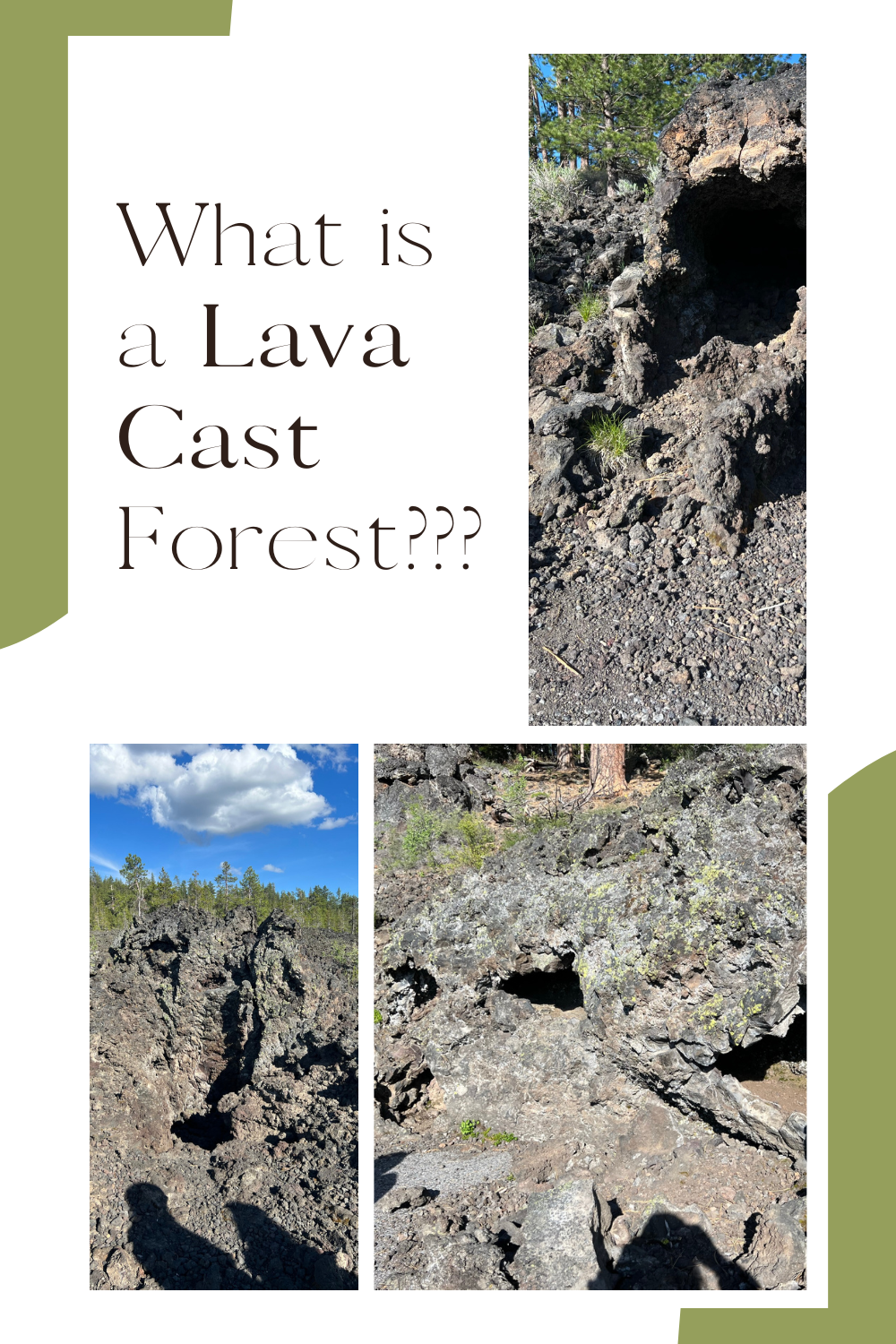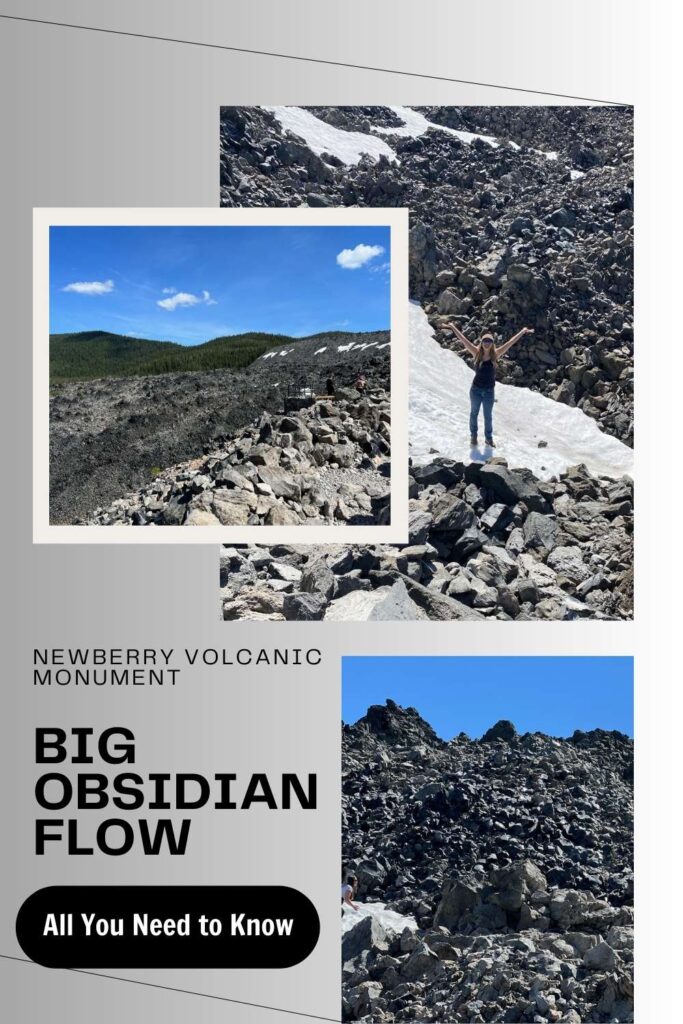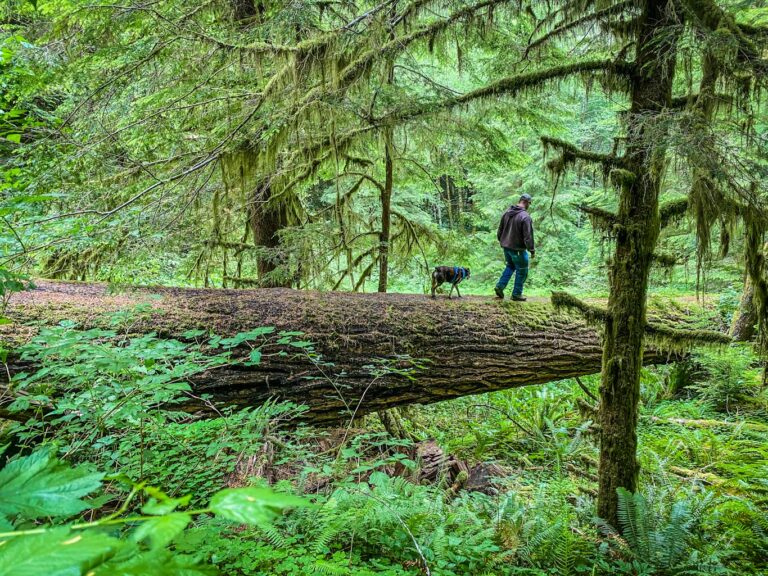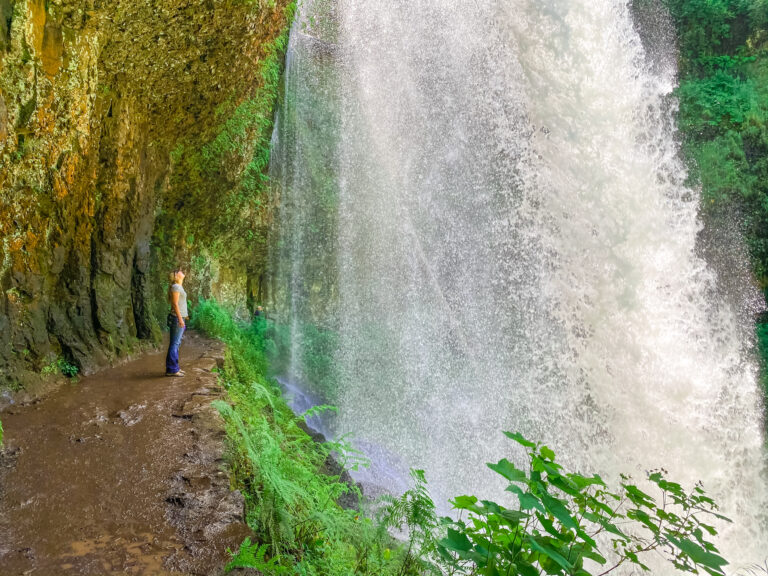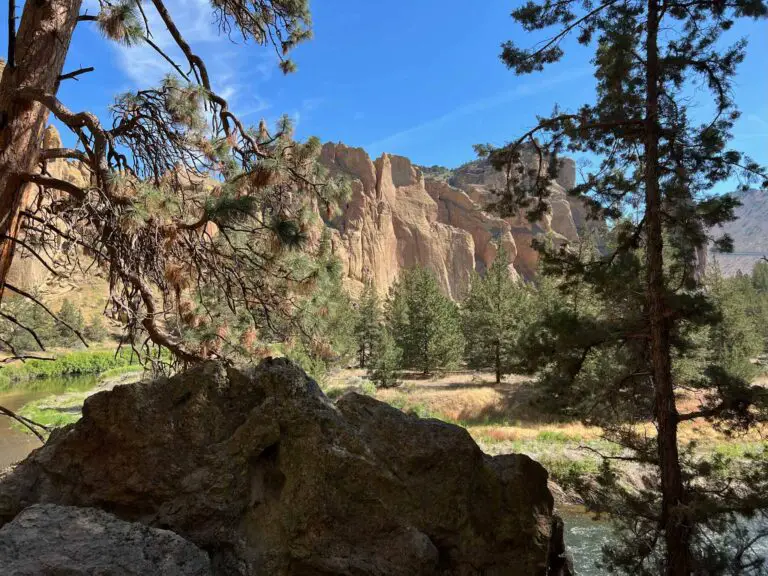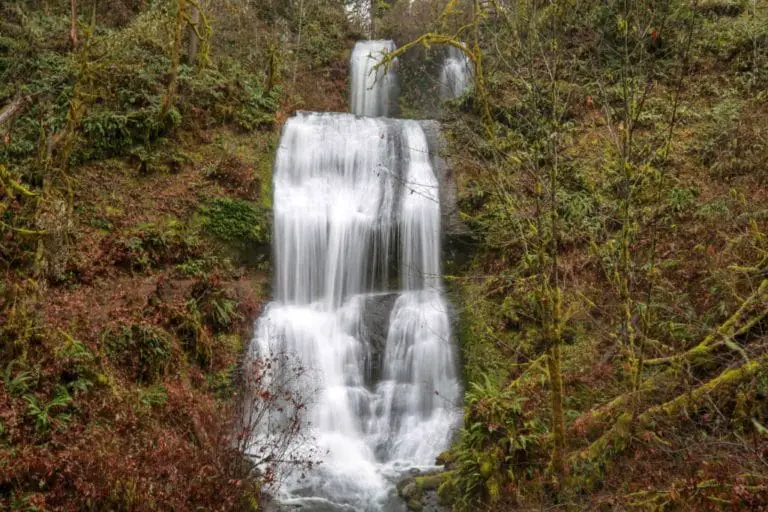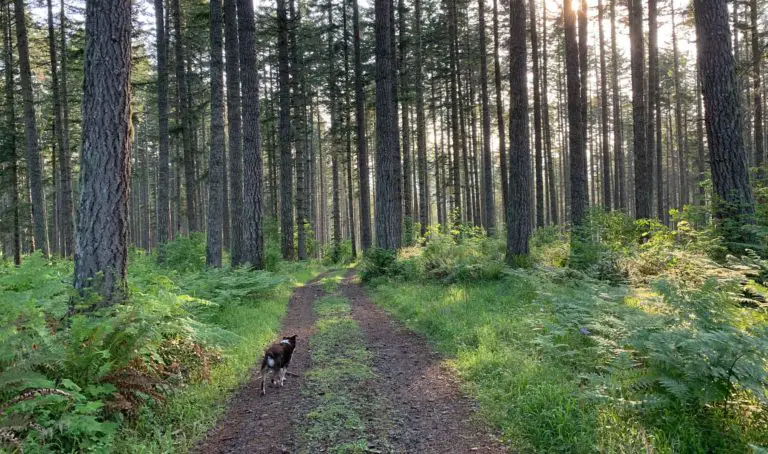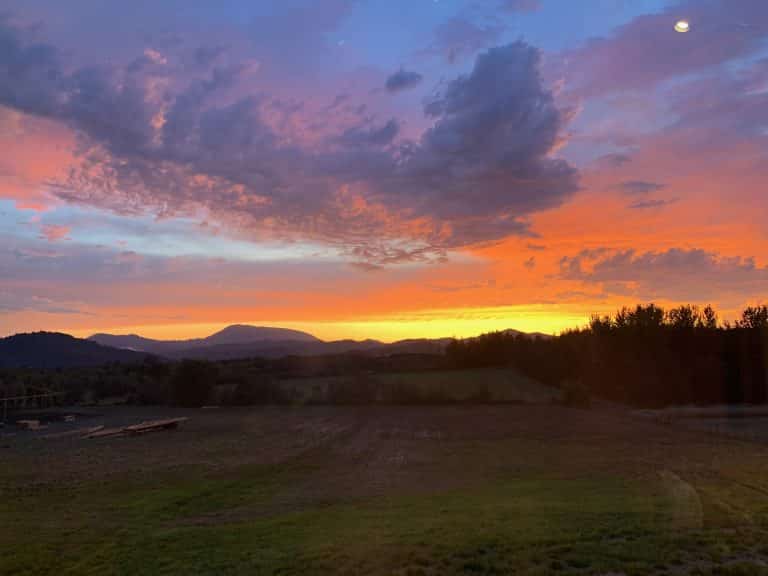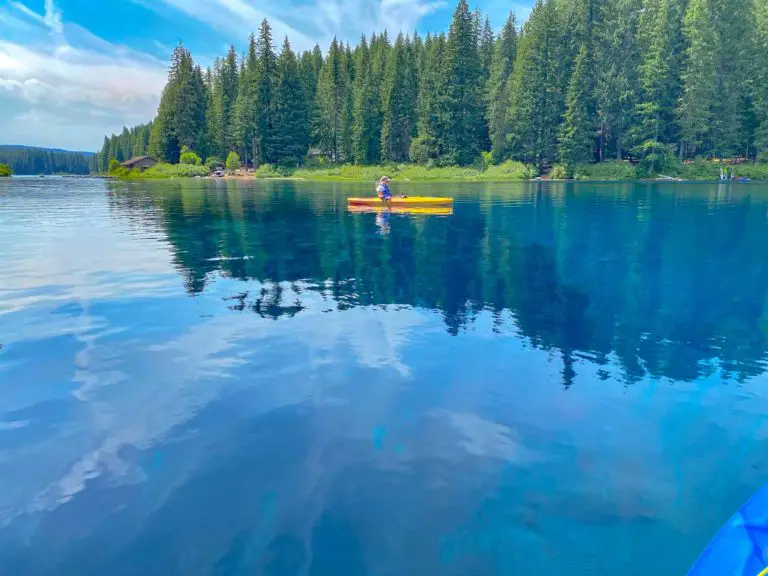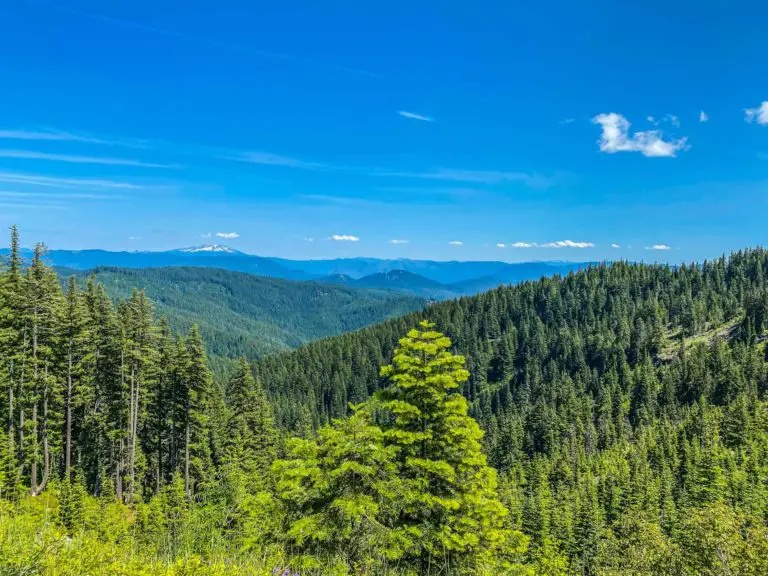The Trail of the Molten Land, located outside of Bend, is an easy trail that brings hikers to an alien planet. In reality, you stroll through a roughly one-mile of lava flow, at the bottom of an ancient volcano, but your eyes will surely convince you that you’ve entered an alien realm.
What is the Trail of the Molten Land?
The Trail of the Molten Land is a hiking path that leads through the remnants of a basalt lava flow, with endless views of nearby snow capped mountains. The trail highlights the plant and animal life that dares to survive in this barren landscape.
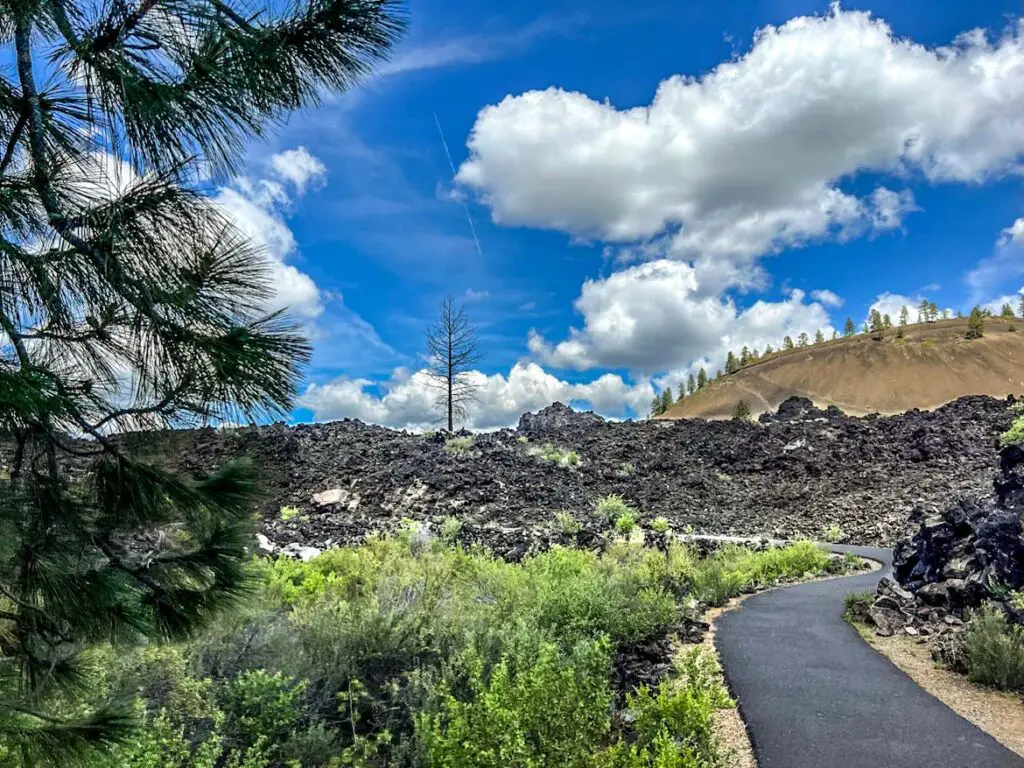
The trail departs from the Newberry National Volcanic Monument Visitor’s Center, and winds through the basalt lava flow, to the base of the Newberry Volcano, which is thought to have last erupted 1,300 years ago.
From the trail, you can see where the lava burst through the side of the caldera during one of the recent eruptions (about 7,000 year ago,) and flowed downward. The Trail of Molten Land ends with a viewpoint of the nearby mountains, which are part of the cascade range, an interconnected chain of ancient volcanoes.
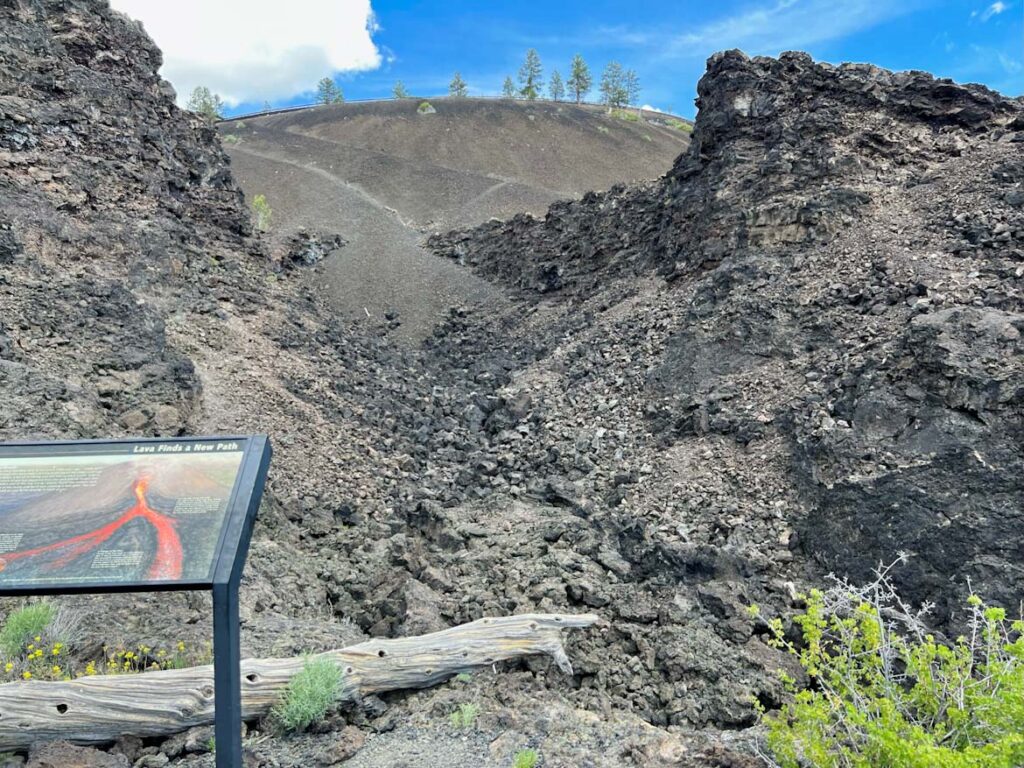
What Will You See on the Trail of the Molten Land?
When hiking the Trail of the Molten Land, the reminders of destruction are everywhere, in fallen burned out timber and the more distinct formations of bubbling molten lava. Though long cooled and hardened, you’ll never forget that you’re walking through a trail of lava that once flowed red hot and deadly.
Upon first glance, it may seem impossible for any life to survive inside the basalt lava flow. If you know where to look, you will see signs of life everywhere.
On the trail, you will see wildflowers, sage brush, small plants, and even trees clinging to life amid the rocks. One of the famous trees on the Trail of Molten Land, the Lava Ness Monster, did not make it.
The Lava Ness Monster is a large pine tree, that appears to have been twisted and pulled by the hand of god. In reality, the odd and inspiring shape has more to do with the conditions inside the lava flow and a tenacious spirit to survive.
Inside the lava flow, moisture is limited, and delivering water throughout the interior of tree is difficult. The twisting shape helps water to more efficiently circulate throughout the entire tree from the deep taproot.
Animals also call this arid place home. If you look closely, you may see birds, small mammals, and insects.
As mentioned above, you will also see the surrounding mountains and the base of the caldera on the Trail of the Molten Lands.

Hiking the Trail of the Molten Land
Hiking the Trail of Molten Land is a relatively easy and quick experience, but a worthwhile one. The trail is heavily trafficked, and it is recommended to traverse the loop in a counter clockwise fashion, to better handle the flow of traffic.
The trail can be accessed from behind the visitors center. Simply leave the back of the visitors center, and follow the trail to the right.
The first portion of the trail has been redone to be more accessible to those with mobility issues. After the first section, the trail narrows and becomes rougher.
The entire trail is paved, and does feature some mild inclines and declines. The steepest portion of the trail is the leading up to the viewpoint. This portion is relatively short, about 800 feet of incline, and is worth the climb.
Th Trail of Molten Land covers approximately 1 mile, and is a loop, with the exception of the spur trail which leads to the viewpoint.
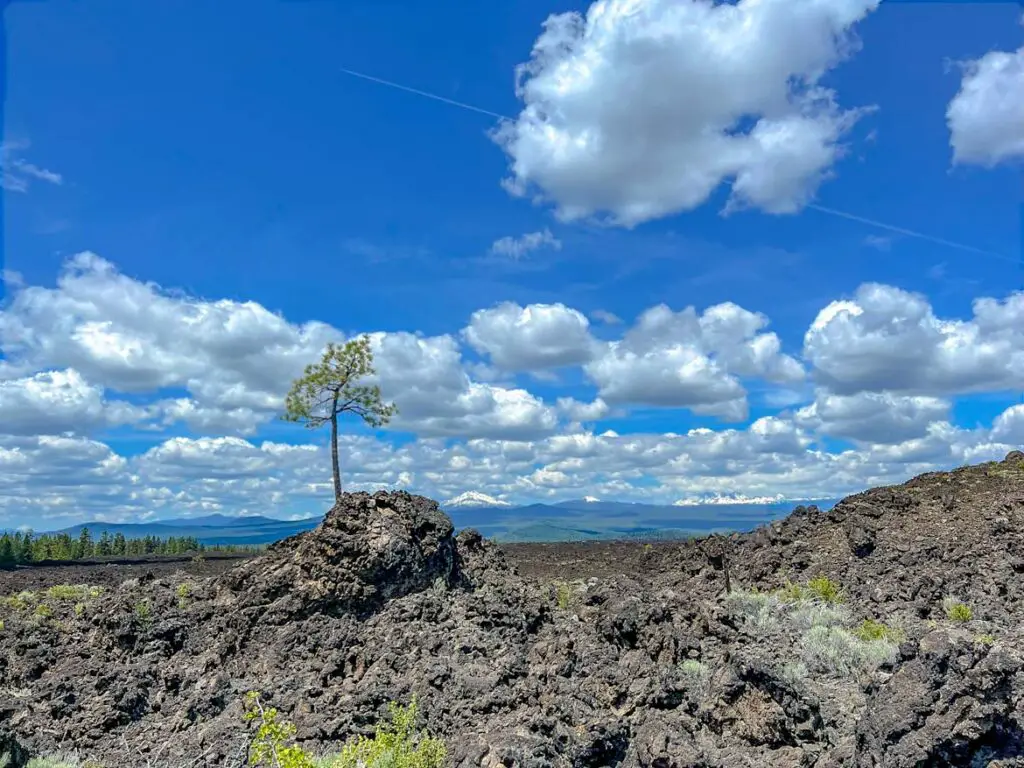
The trail has no shade, and can be very hot. The lava flow is dark and seems to radiate heat. Be sure to pack water, sunscreen, and additional sun protection.
Other Things to Do in the Area
The adventure does not need to stop at the Trail of Molten Land. To lengthen your lava adventure, consider hiking, driving, or taking the shuttle to the top of the caldera. During peak visiting times, you can only access the top via waking, biking, or the shuttle. A short trail leads along the caldera rim, and offers stunning views.
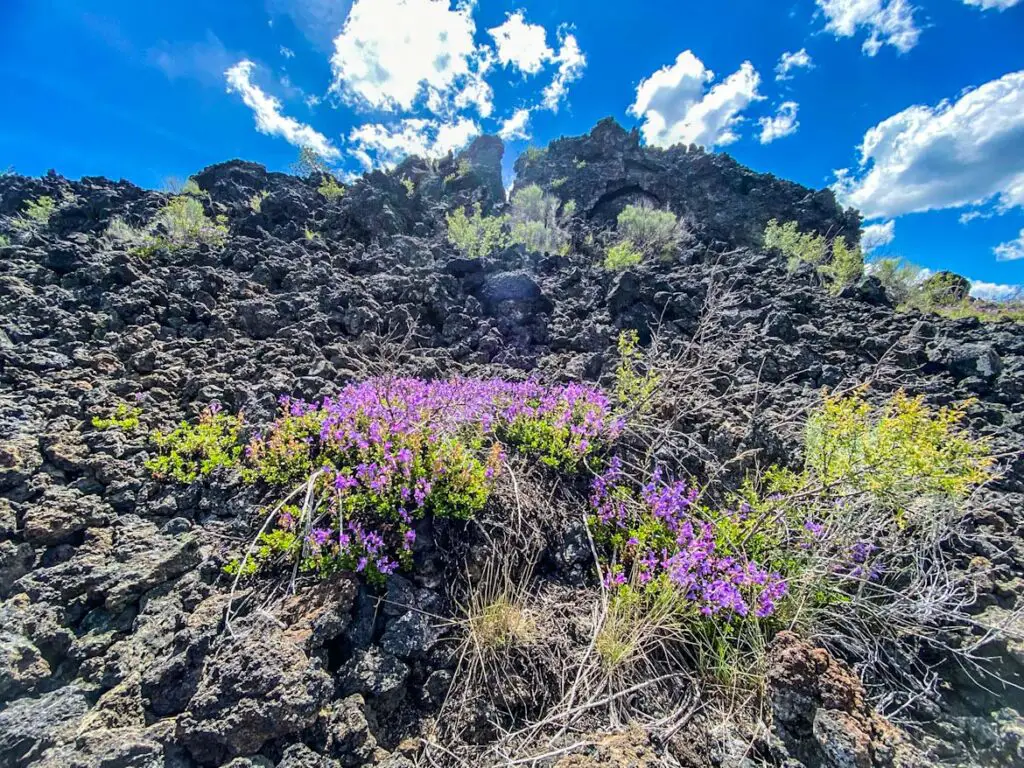
The Lava Cast forest, is relatively close, and offers another short and fulfilling hike through another lava flow, this one containing lava casts of ancient trees.
If you’re looking to make a whole day of it, consider adding the Lava River Cave, Paulina and East Lake, and the Big Obsidian Flow.
